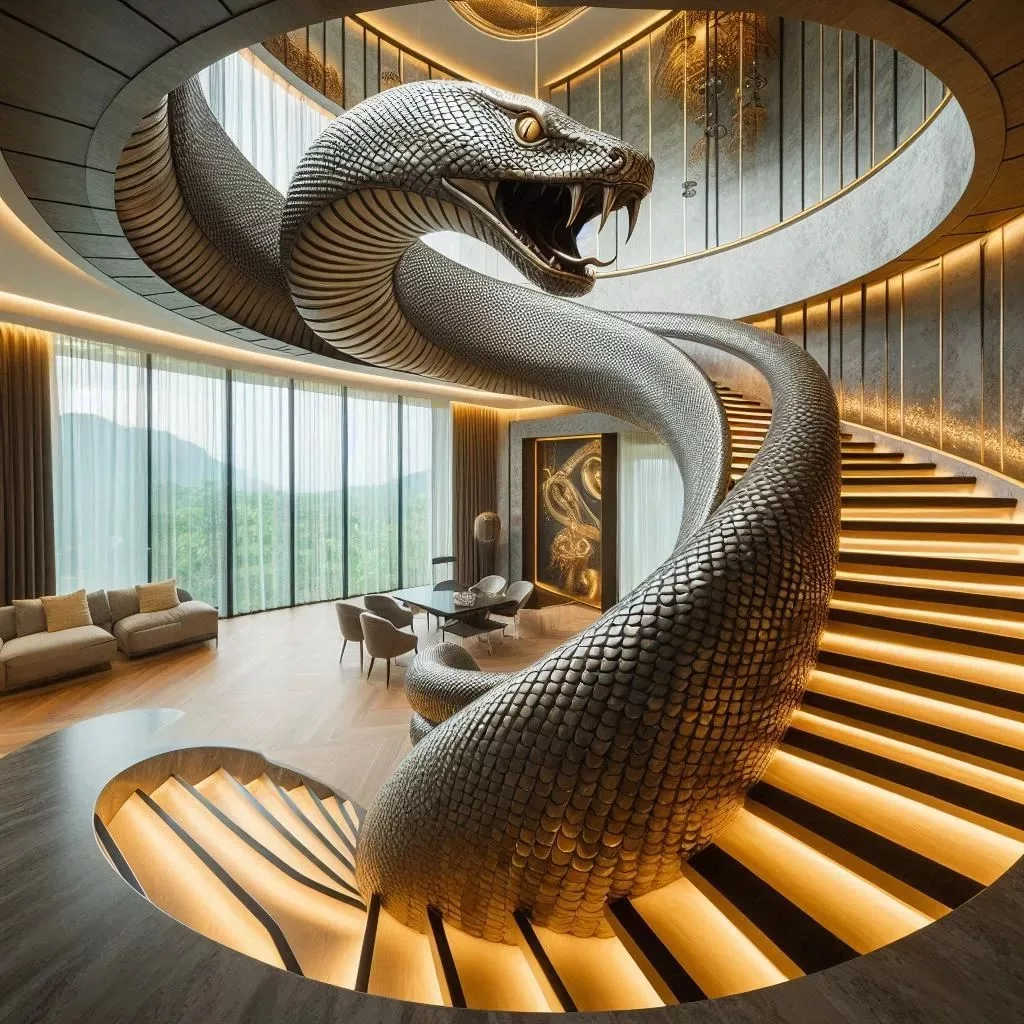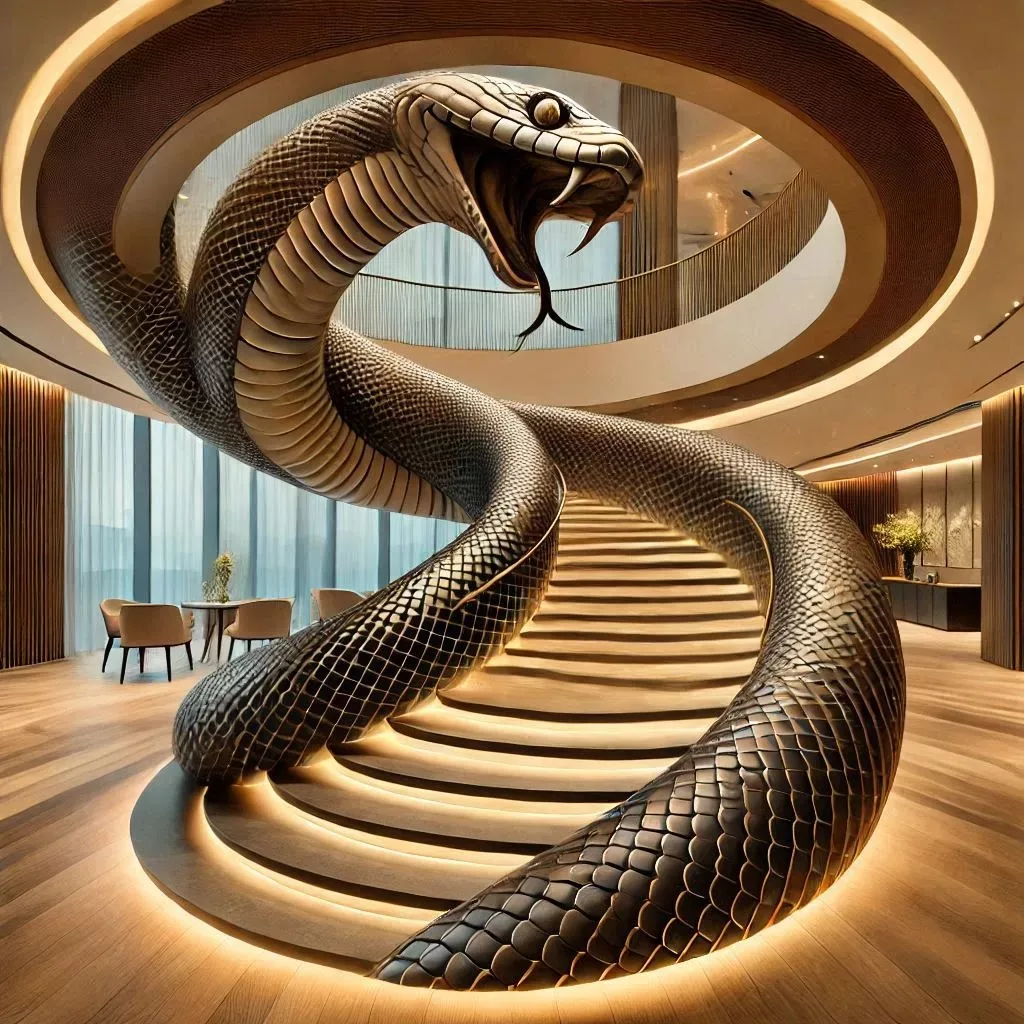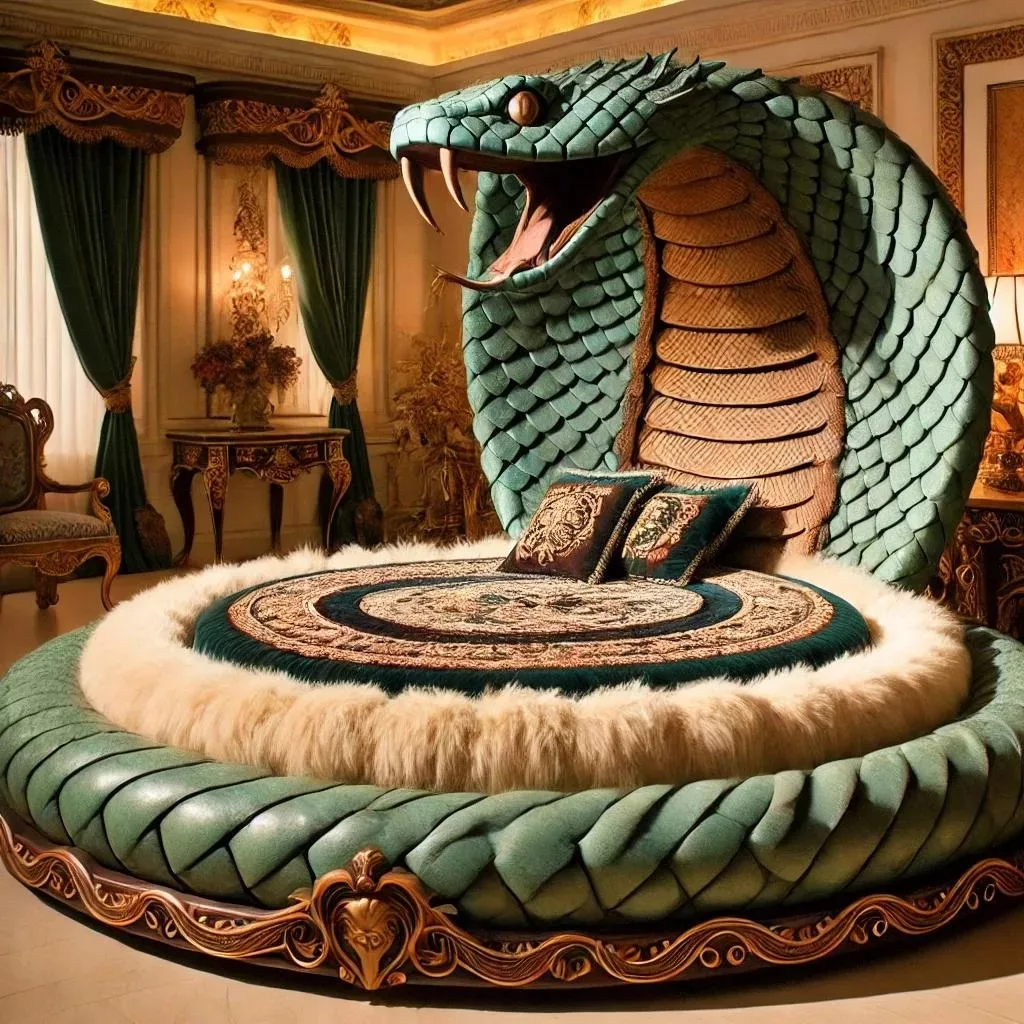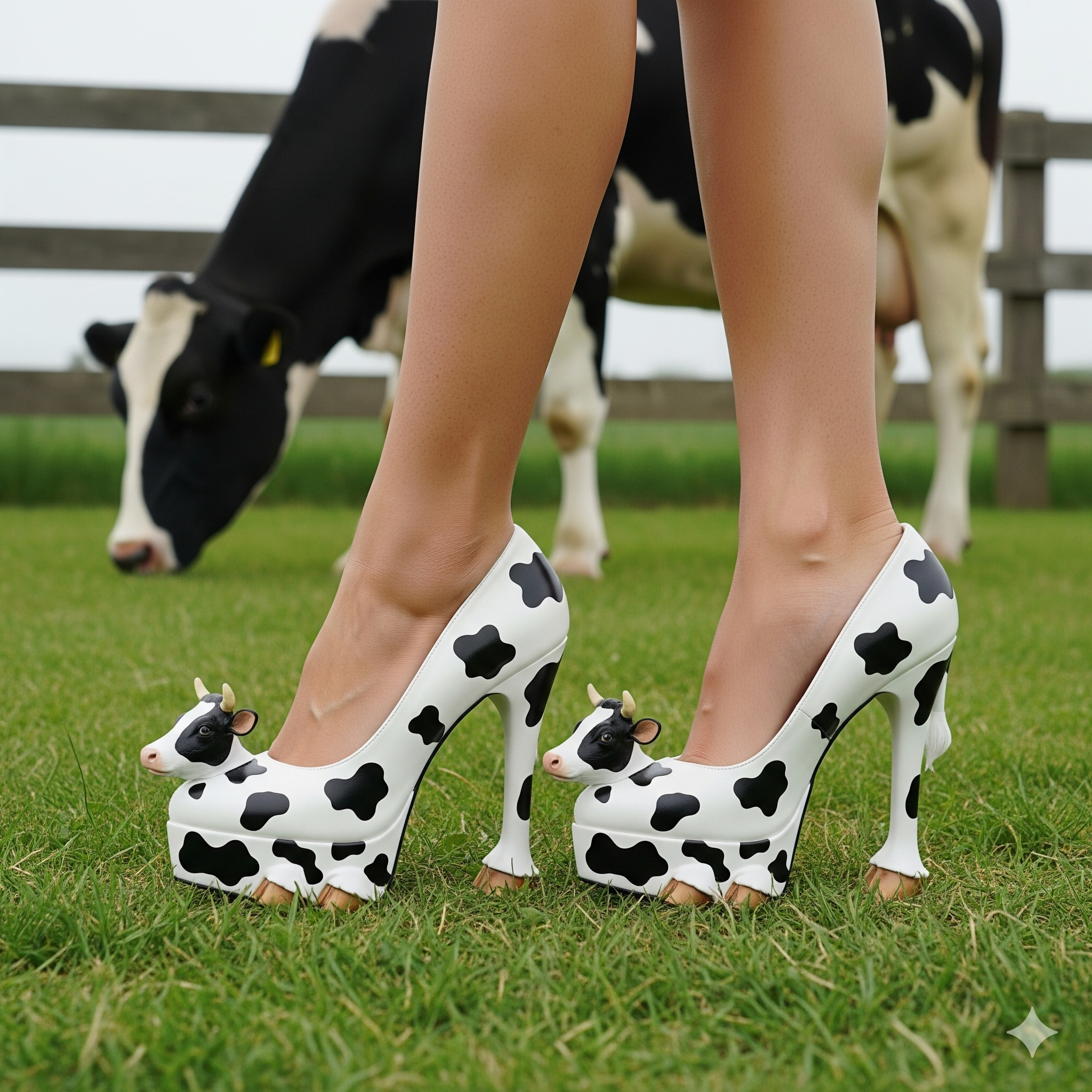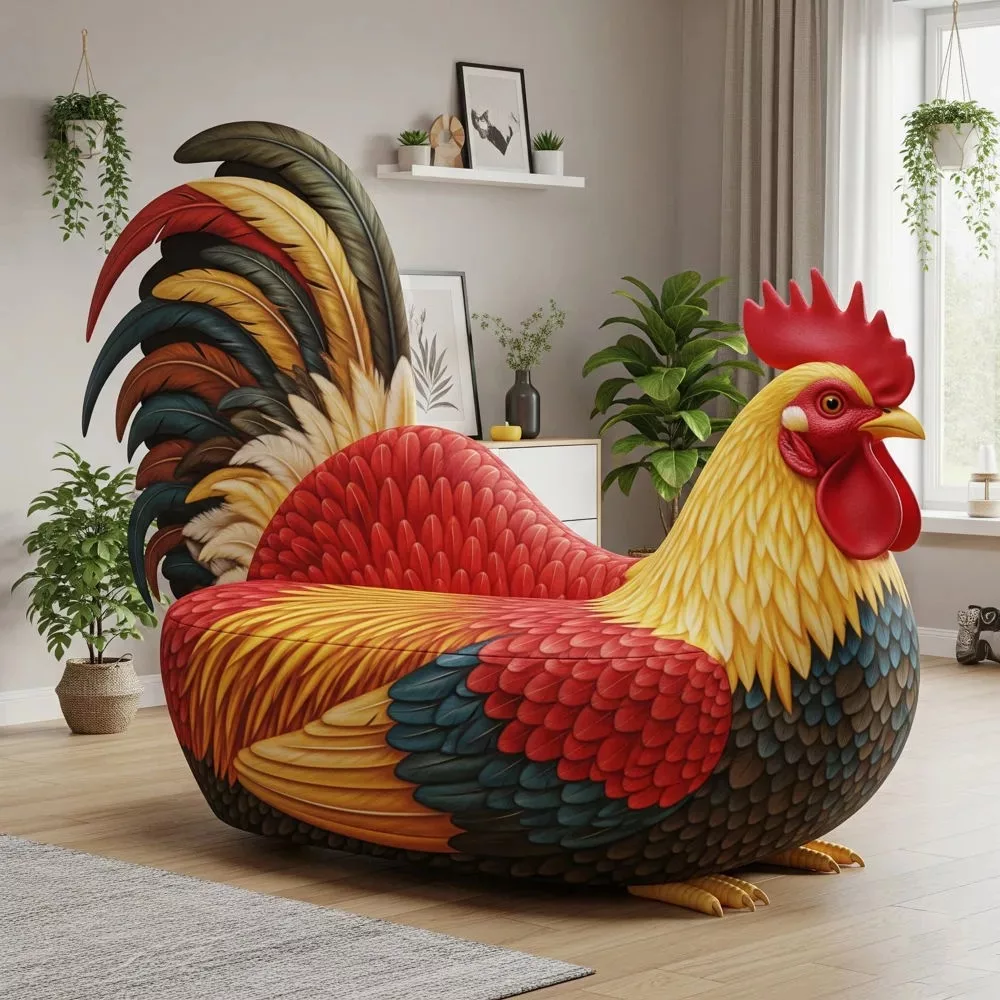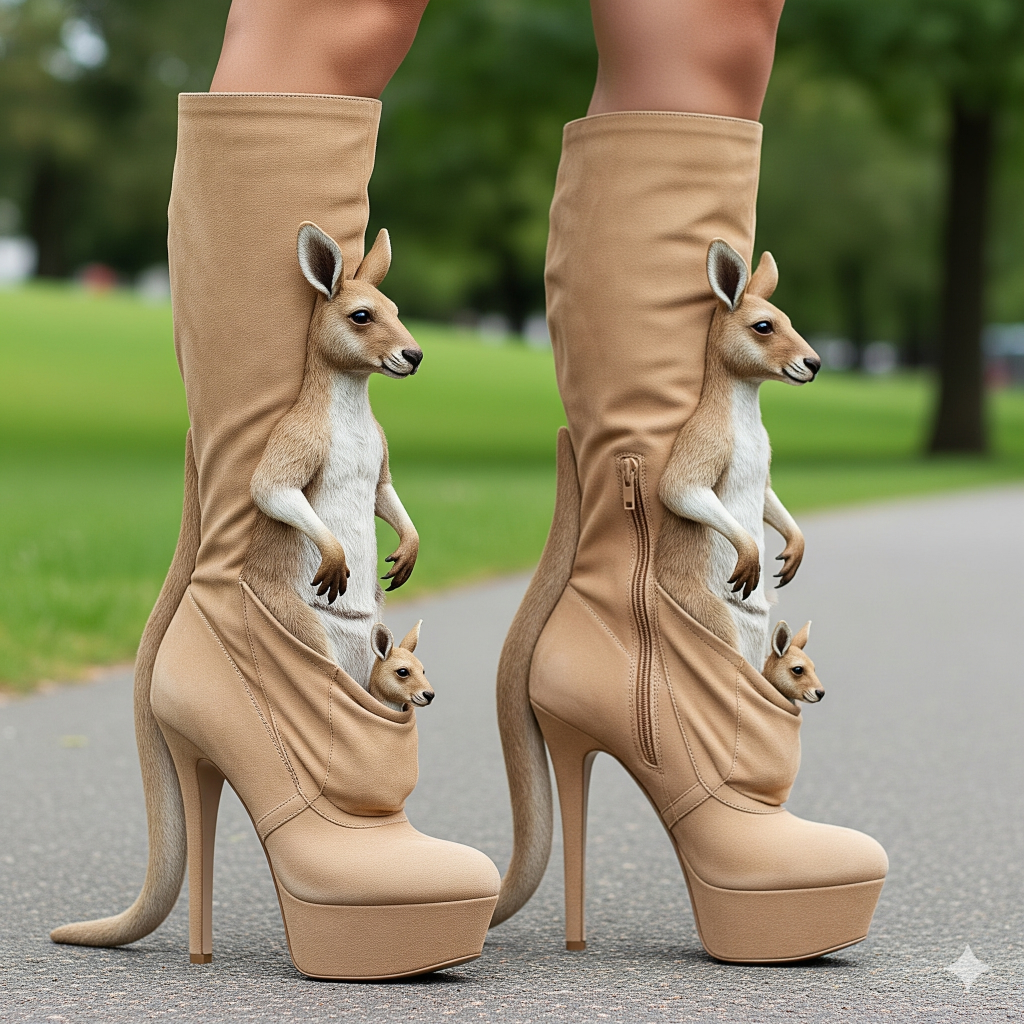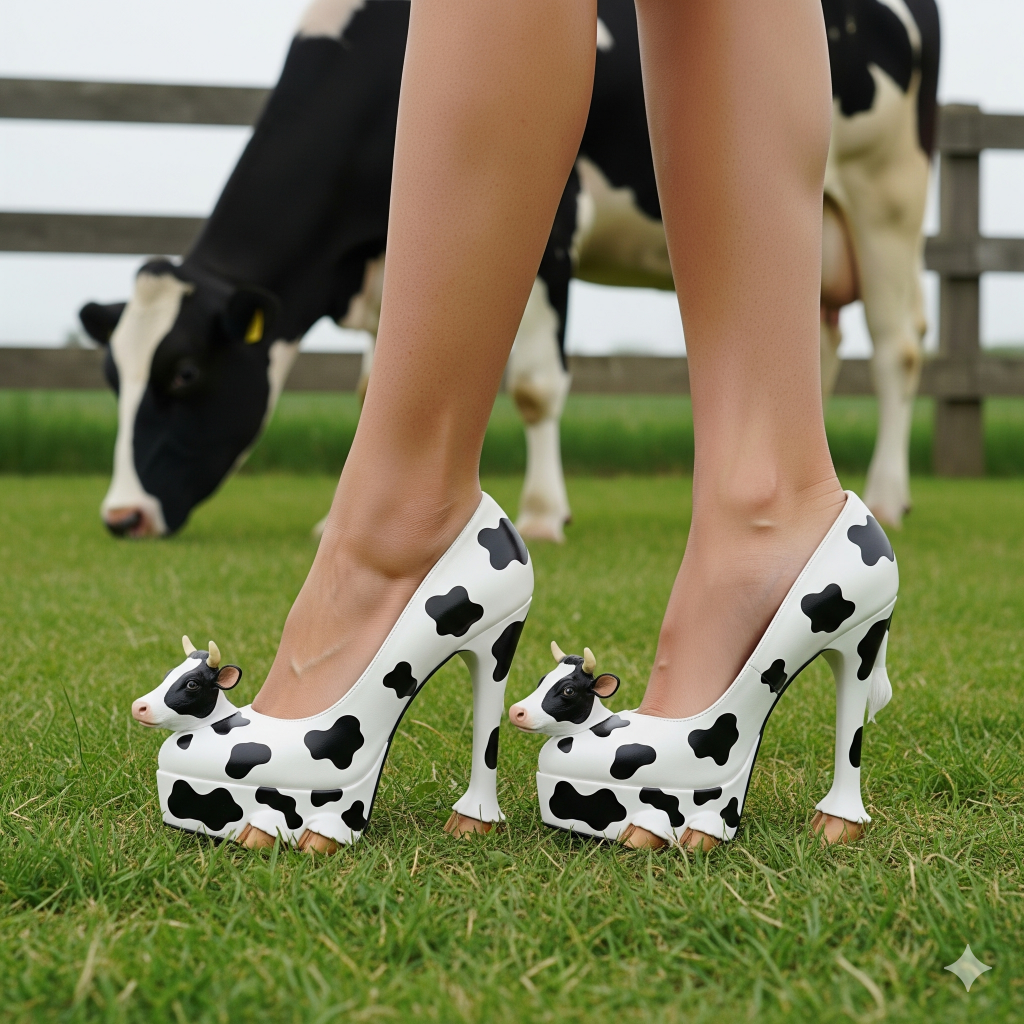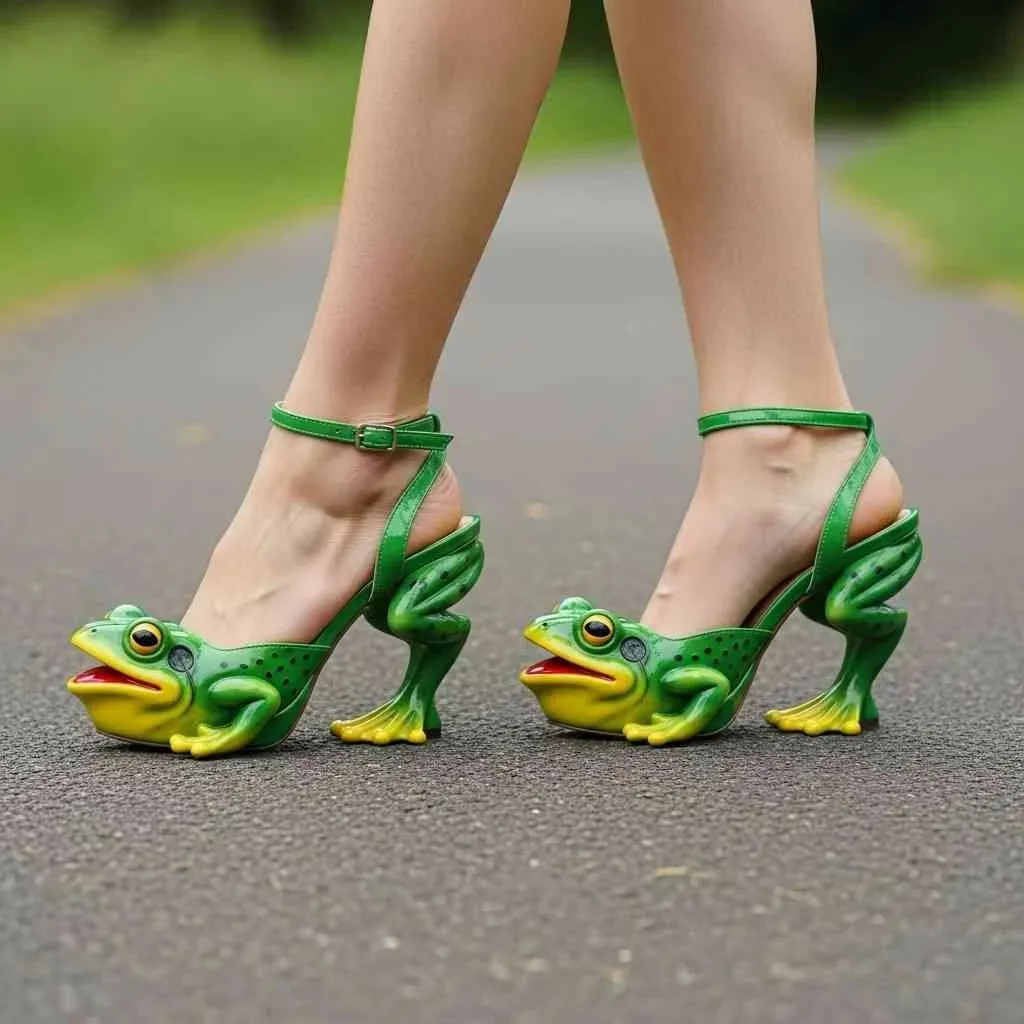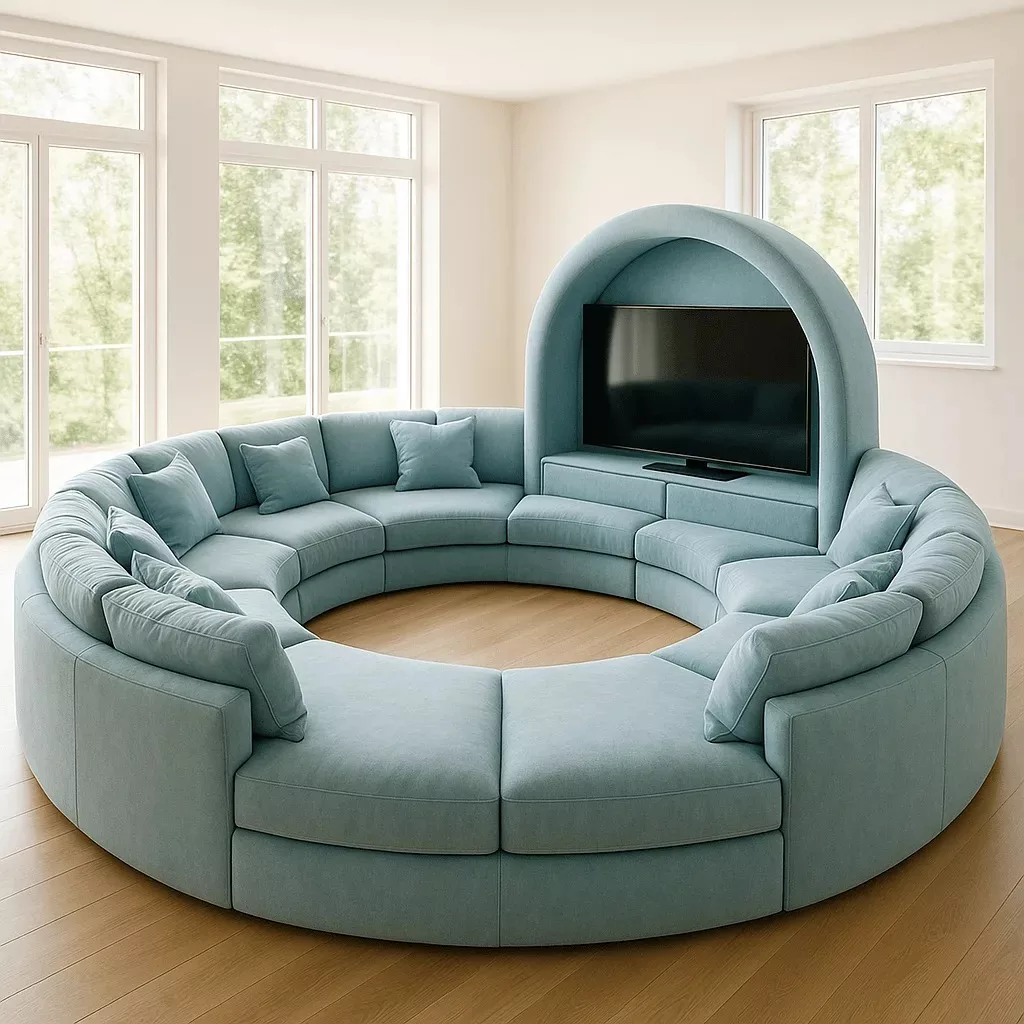In the world of home design, staircases are more than functional elements—they’re opportunities to make a bold statement. Among the most captivating designs, the snake-shaped staircase stands out for its elegant curves and organic flow, transforming any space into a work of art. With its sinuous, serpentine form, this staircase blends practicality with unparalleled aesthetic appeal, making it a favorite in both modern and classic interiors. This guide explores the origins, benefits, design ideas, and practical considerations of the snake-shaped staircase, revealing why it’s a timeless choice for elevating your home.
Table of Contents
- What is a Snake-Shaped Staircase?
- Benefits of a Snake-Shaped Staircase
- Design Ideas for Snake-Shaped Staircases
- Incorporating a Snake-Shaped Staircase into Your Home
- Cost and Installation Considerations
- Maintenance and Care
- Conclusion
What is a Snake-Shaped Staircase?
A snake-shaped staircase, often likened to a spiral or curved staircase, features a graceful, winding path that mimics the fluid movement of a snake. Unlike traditional straight staircases, its organic curves create a sense of motion and elegance. Available in various styles—from minimalist to ornate—these staircases can be tailored to suit diverse architectural aesthetics, making them a versatile choice for homes, offices, or public spaces.
Historically, spiral staircases, the precursors to snake-shaped designs, were used in ancient structures like Roman towers for their space-saving efficiency. Today, modern materials like glass, steel, and wood have reimagined the snake-shaped staircase as a luxurious, contemporary feature that blends form and function.
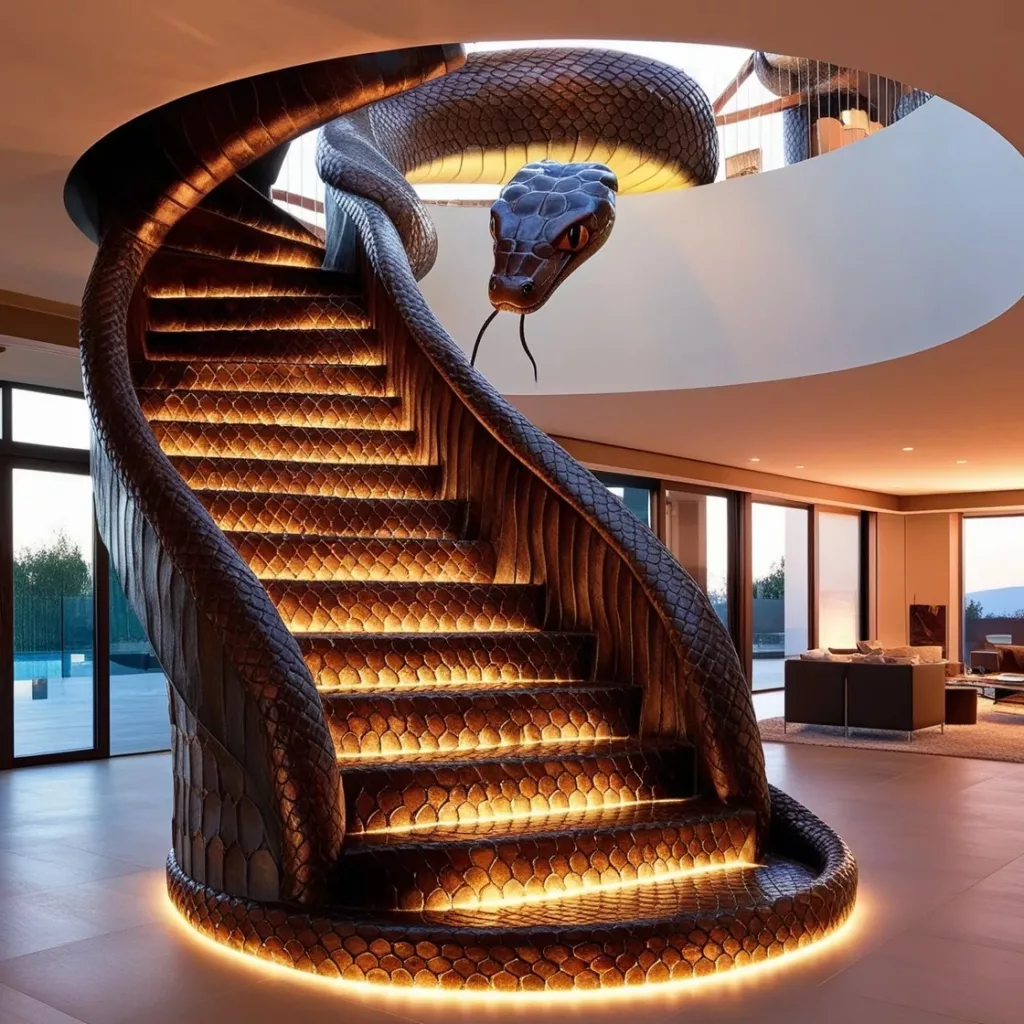
Benefits of a Snake-Shaped Staircase
Space Efficiency
One of the standout advantages of a snake-shaped staircase is its compact footprint. By curving around itself, it occupies less floor space than a straight staircase, making it ideal for smaller homes, apartments, or tight corners. This design frees up valuable space for other furnishings or decor, enhancing the room’s functionality without sacrificing style.
Visual Elegance
The snake-shaped staircase is a showstopper, adding a sense of drama and sophistication to any interior. Its flowing curves create a dynamic visual effect, lending an airy, open feel to spaces. Whether sleek and modern or intricately detailed, it serves as a sculptural centerpiece that elevates the entire room’s aesthetic.
Customization Versatility
Snake-shaped staircases offer endless customization possibilities to match your home’s style. Choose from:
- Materials: Glass for a modern look, wood for warmth, or metal for industrial chic.
- Finishes: Polished, matte, or textured surfaces to complement your decor.
- Railings: Sleek glass panels, ornate wrought iron, or classic wooden balusters.
This flexibility allows the staircase to blend seamlessly with your design vision, whether minimalist or opulent.
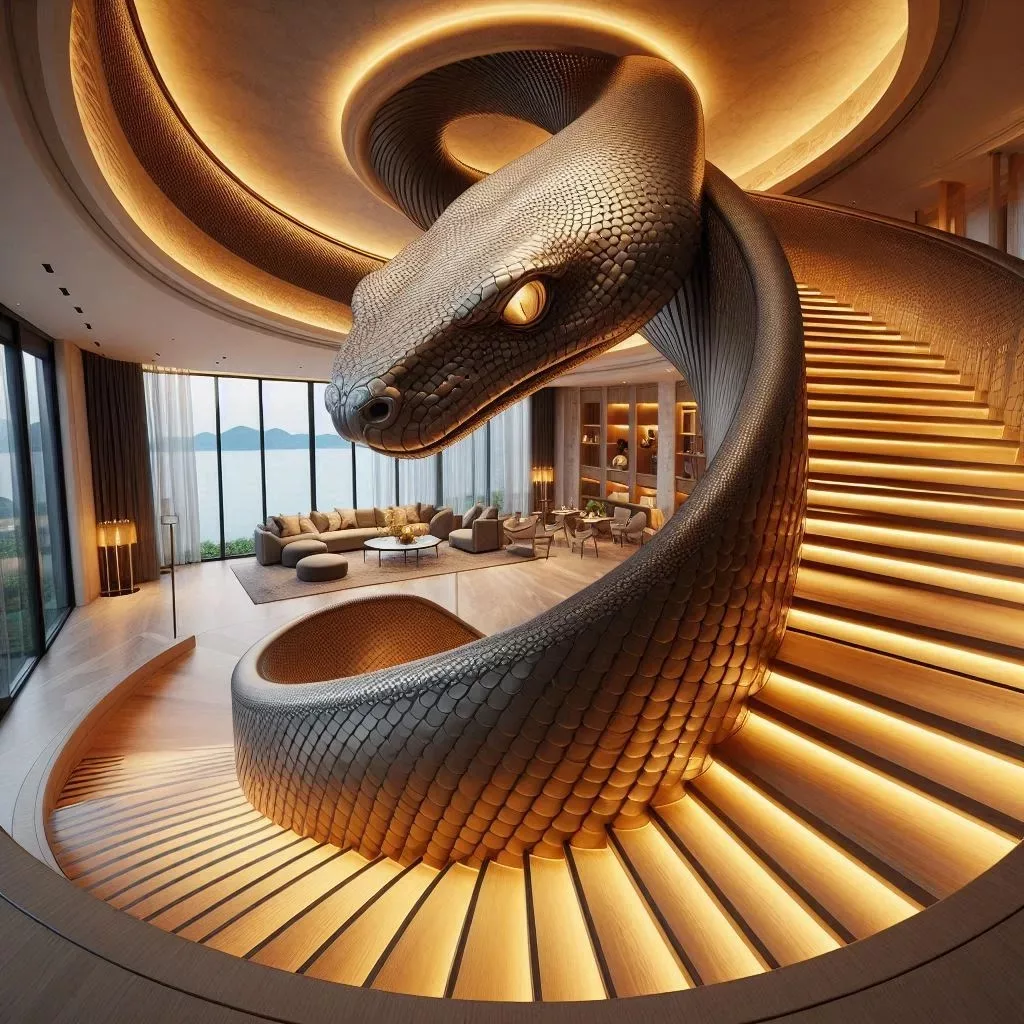
Design Ideas for Snake-Shaped Staircases
Sleek Glass and Metal
For a contemporary vibe, a glass snake-shaped staircase paired with a stainless steel frame creates a stunning, almost floating effect. Transparent treads maximize light flow, enhancing the sense of space in modern homes. This design is perfect for urban lofts or minimalist interiors where openness is key.
Warm Wooden Curves
A wooden snake-shaped staircase brings timeless charm to traditional or rustic homes. Materials like oak, walnut, or cherry add warmth, while the organic curves soften the space. Pair with wooden railings or subtle metal accents for a cohesive, inviting look.
Opulent Metal and Stone
For luxury homes, a snake-shaped staircase crafted from polished metal and stone, such as marble or granite, exudes grandeur. Intricate wrought-iron railings or gold accents can amplify the opulence, making it a perfect fit for grand foyers or upscale residences.
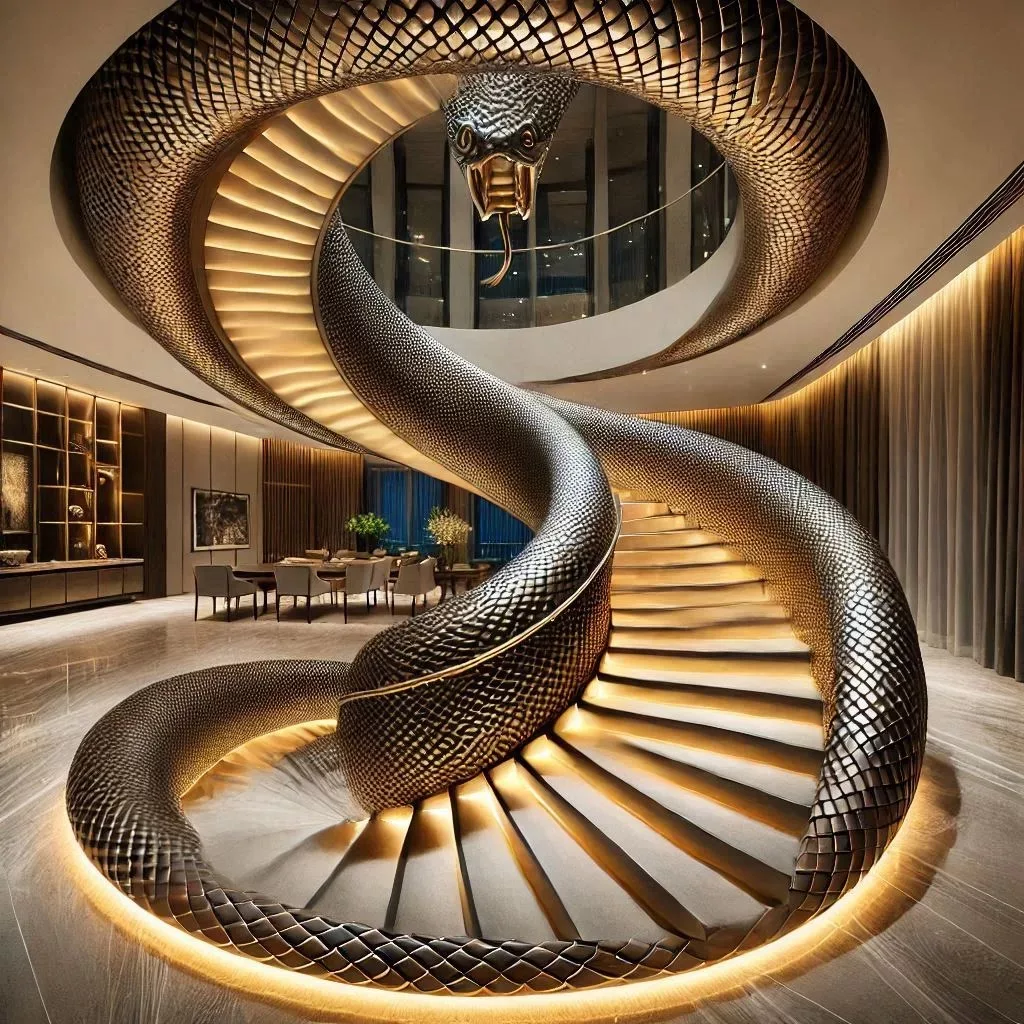
Incorporating a Snake-Shaped Staircase into Your Home
Assessing Space Requirements
Before installing a snake-shaped staircase, evaluate your available space. These staircases thrive as focal points in grand entryways, spacious living areas, or even compact corners. Consider ceiling height, as the curved design may require more vertical space than straight stairs. Ensure there’s enough clearance for the staircase’s curves to shine without obstructing pathways.
Matching Your Home’s Aesthetic
Align the staircase’s style with your home’s overall design. A modern home might call for a sleek glass and metal staircase, while a traditional space could benefit from rich wood tones. Coordinate colors and materials with existing furniture or decor to create a harmonious flow.
Enhancing with Lighting and Decor
Lighting can elevate a snake-shaped staircase’s impact. Use chandeliers, recessed spotlights, or wall sconces to highlight its curves and create ambiance. Surround the staircase with complementary decor, like minimalist art or lush plants, to enhance its visual appeal without overwhelming its elegance.
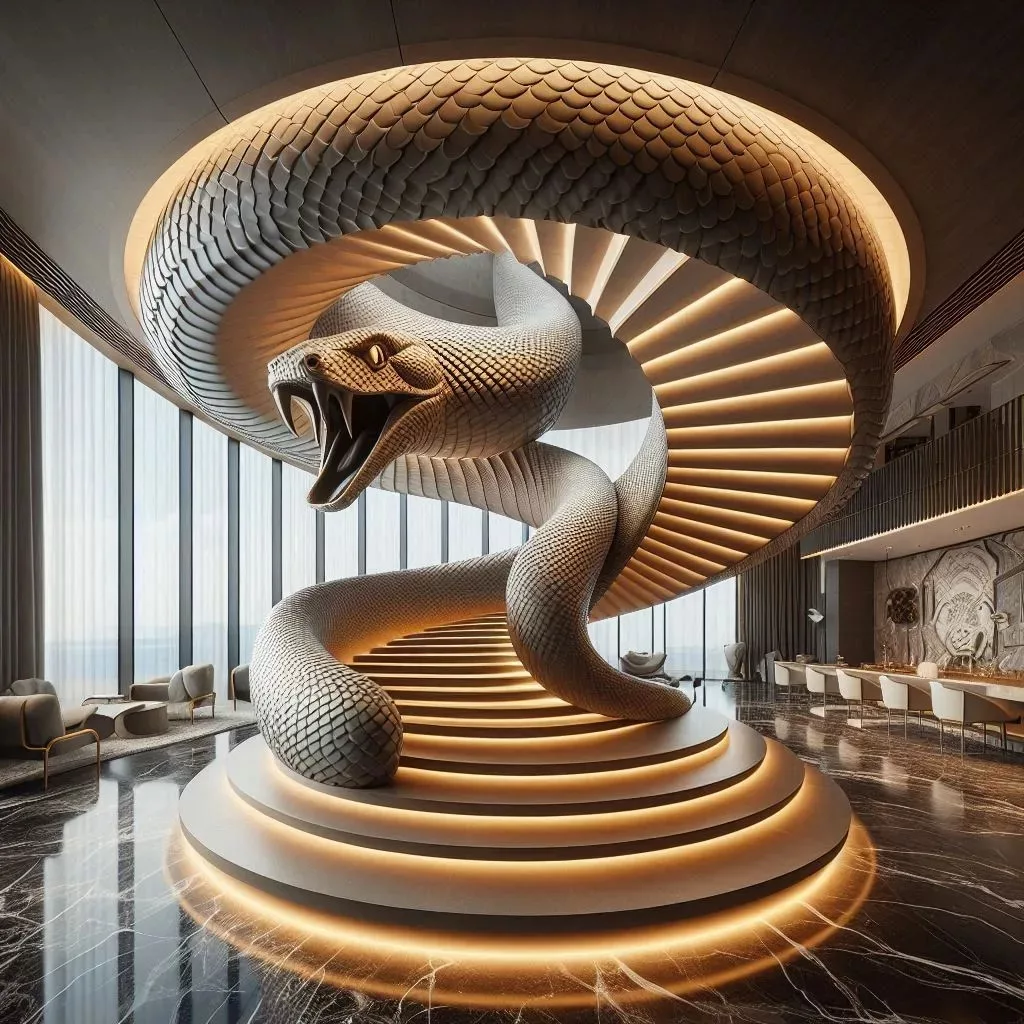
Cost and Installation Considerations
Material Costs
The cost of a snake-shaped staircase varies based on materials. High-end options like marble or exotic woods are pricier, while glass, metal, or standard woods like oak are more budget-friendly. Custom finishes or intricate railings can also increase costs.
- Glass and Metal: Moderately priced, offering a modern look with durability.
- Wood: Costs depend on the wood type, with oak being more affordable than walnut.
- Stone and Metal: Premium materials like marble or custom ironwork drive up expenses.
Labor and Customization
The bespoke nature of snake-shaped staircases requires skilled craftsmanship, increasing labor costs. Complex designs or installations in tight spaces may demand additional expertise. Professional designers and architects ensure the staircase fits perfectly and meets safety standards.
Installation Process
Installing a snake-shaped staircase is a specialized task requiring precise measurements and structural considerations. Professionals must ensure secure anchoring and compliance with building codes. Installation costs vary based on complexity, location, and customization, but the investment adds significant value to your home.
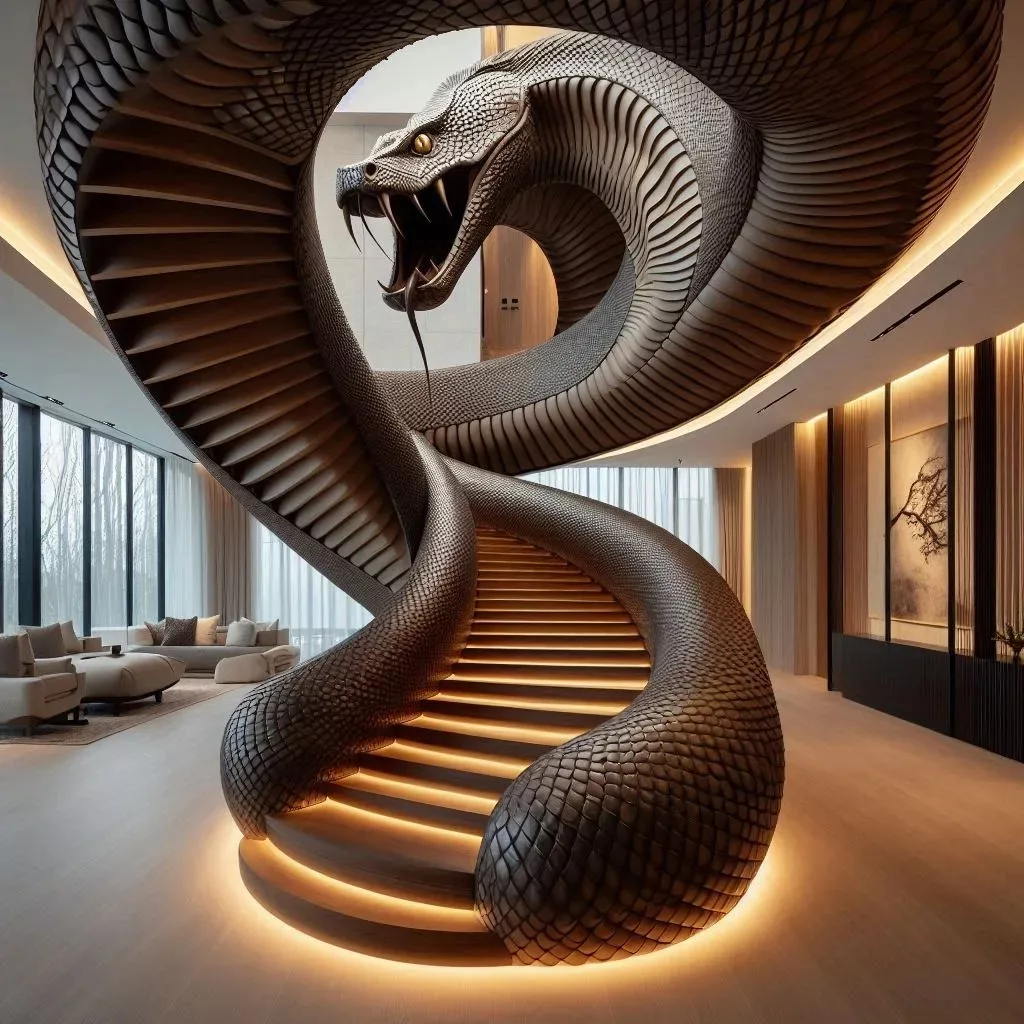
Maintenance and Care
Routine Cleaning
Maintenance depends on the staircase’s materials:
- Glass: Wipe treads with a mild glass cleaner and microfiber cloth to remove smudges.
- Wood: Dust regularly and apply wood polish or conditioner to prevent drying or cracking.
- Metal: Clean with a soft cloth and metal polish to maintain shine and prevent rust.
Regular cleaning keeps the staircase looking pristine and ensures safety by preventing debris buildup.
Inspecting for Wear
Frequent use can lead to wear, so inspect the staircase periodically for loose treads, unstable railings, or material damage. For wooden stairs, check for cracks or warping; for glass or metal, look for scratches or corrosion. Prompt repairs extend the staircase’s lifespan and maintain its safety and beauty.
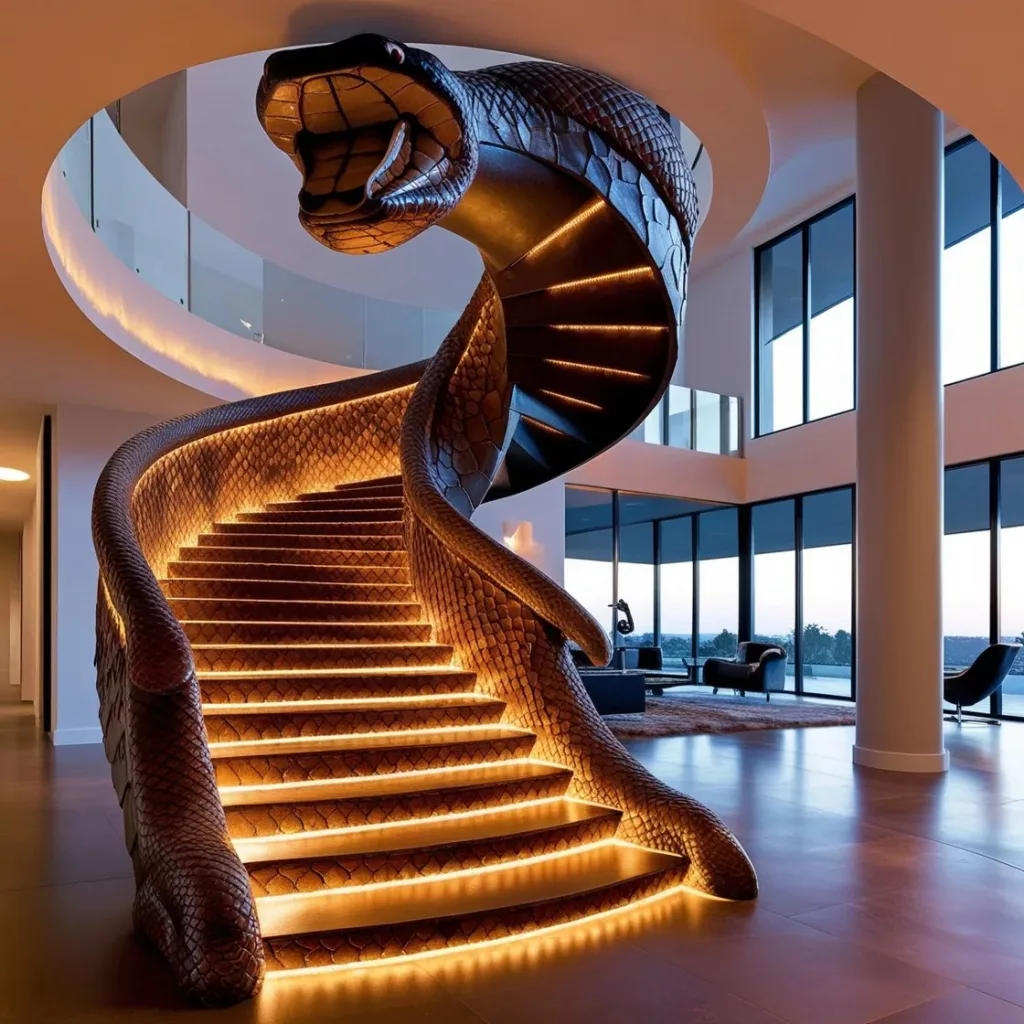
Conclusion
The snake-shaped staircase is a timeless architectural gem, blending functionality with breathtaking elegance. Its space-saving design, customizable versatility, and captivating curves make it a standout choice for homes ranging from compact apartments to luxurious mansions. Whether crafted from sleek glass, warm wood, or opulent stone, this staircase transforms any space into a masterpiece of design. While the investment in cost and installation is notable, the lasting value and visual impact make it worthwhile. By carefully integrating and maintaining a snake-shaped staircase, you can elevate your home’s aesthetic and create a stunning focal point that embodies sophistication and creativity.
